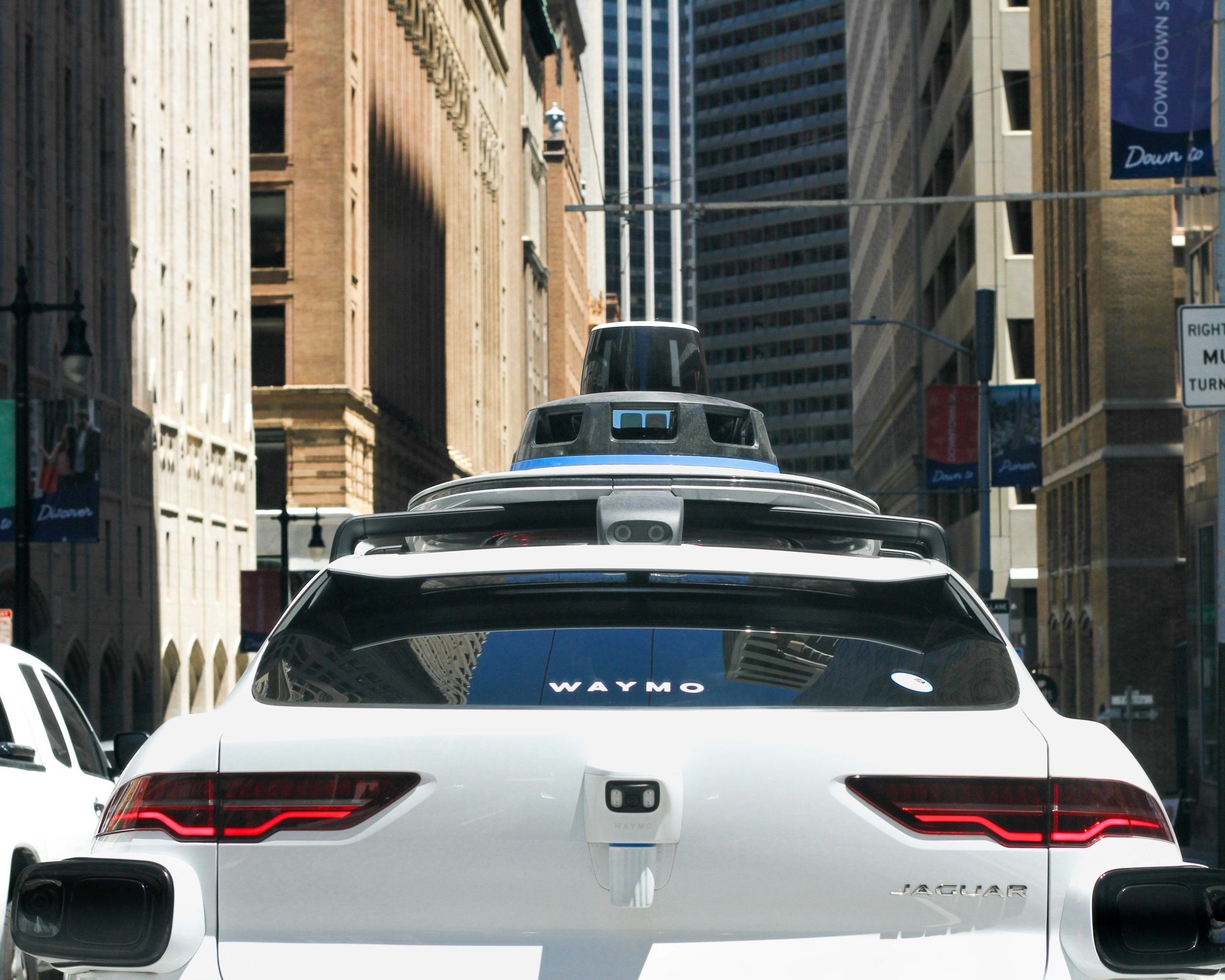Cloud, Mobile, 5G/6G: Digital Transformation Lessons
Over the past month, I’ve been diving into the Digital Transformation Leadership programme run by Imperial College Business School, and one thing is already clear: emerging technologies aren’t just tools, they’re the foundations of modern business strategy.
In this post, I’ll break down some of my key learnings from my first class on cloud computing layers, the evolution of mobile networks, and the business value these technologies unlock. To bring it to life, I’ll tie in two fascinating case studies: Southampton Vessel Traffic Services (VTS) and Waymo, Google’s self-driving car company.

Understanding the Cloud: The Three Layers That Power Digital Businesses
The cloud is often described as “someone else’s computer,” but it’s more accurate to think of it as a layered system of services that can be rented or scaled on demand.
Software as a Service (SaaS)
Applications delivered over the internet. Think Google Docs or Microsoft 365. Instead of owning the software outright, you subscribe and always have the latest version.
Platform as a Service (PaaS)
Development platforms for building and deploying apps. For example, Microsoft Azure lets developers test and scale applications in the cloud without managing physical servers.
Infrastructure as a Service (IaaS)
Raw computing power, like virtual machines, storage, or networking, is rented as needed. It’s the closest you get to owning a server, without the capital expense.
Increasingly, we also see Metacloud (or Supercloud) services emerging, designed to manage multiple providers seamlessly and reduce complexity.
📍 Case in point: Waymo
Waymo’s autonomous driving system, the Waymo Driver, is a cloud-native operation. The vehicles capture petabytes of sensor data, which are then uploaded to the cloud for training AI models. SaaS platforms manage the fleet, PaaS environments enable simulation and software testing, and IaaS provides the raw computing power to process endless driving scenarios.
The Mobile Evolution: From 1G Voice to 6G Experiences
The second pillar of digital transformation is mobile connectivity. The journey from 1G to 6G shows just how transformative each leap has been:
1G – Analogue voice only
2G – Digital voice + SMS
3G – Early internet, suitable for email
4G – True mobile internet, enabling video streaming and app economies
5G – Ultra-fast, low-latency, supporting millions of connected devices per square kilometre
6G (coming by 2030) – Even faster, AI- and sensor-driven, human-centred, and sustainability-focused
The business implications are profound. For example, 5G could unlock $12.3 trillion in new goods and services by 2035, spanning healthcare, education, retail, transport, and entertainment.
📍 Case in point: Southampton VTS
Ports are one of the most complex and safety-critical environments. Southampton’s Vessel Traffic Services rely on real-time communication, radar, and sensor data to manage hundreds of ships navigating one of the busiest harbours in the UK. Moving towards 5G and beyond means the port can handle denser data streams, integrate smart sensors across vessels and infrastructure, and improve safety with near-zero latency. This is the kind of mission-critical application mobile networks were built for.
Business Impact: Why Cloud + Mobile = Transformation
From my learnings, a few consistent business benefits stood out:
Ecosystem play
Both Southampton and Waymo demonstrate that these technologies are not stand-alone. They thrive in ecosystems of partners, developers, and users, shaping new industries.
Cost savings & flexibility
Cloud turns capital expenditure into operational expenditure. Instead of buying servers, you rent what you need.
Innovation & speed
Both cloud and mobile enable faster prototyping, testing, and scaling of new business models.
Productivity & collaboration
Mobile connectivity allows employees to work and coordinate from anywhere, while cloud platforms ensure seamless access to shared tools.
Customer value
From personalised mobile marketing to real-time service delivery, the combination of cloud and mobile technologies enhances customer experience.
Addressing these challenges requires both policy-driven solutions and a shift in how products are designed from the start, ensuring that no one is left behind.
In conclusion
Cloud and mobile aren’t just buzzwords. They’re the twin engines of digital transformation: enabling ports to operate more safely and efficiently, and cars to drive themselves across busy streets.
As I continue this learning journey, what strikes me most is how theory and practice converge: the layered architecture of the cloud and the evolution of mobile networks are not abstract concepts, but living realities shaping industries as diverse as maritime logistics and autonomous mobility.
Waymo and Southampton VTS are worlds apart, one operates on city roads, the other on open seas. Yet, both are living proof that the cloud’s layered architecture and the evolution of mobile connectivity are the foundations of modern transformation.
For me, this is what makes digital transformation so exciting: the theories I learn in the classroom map directly onto real-world innovations shaping our future.
As industries embrace cloud and mobile, from autonomous fleets to smart ports, we’re not just improving efficiency. We’re building the infrastructure for entirely new ways of living, working, and moving.



No Comments